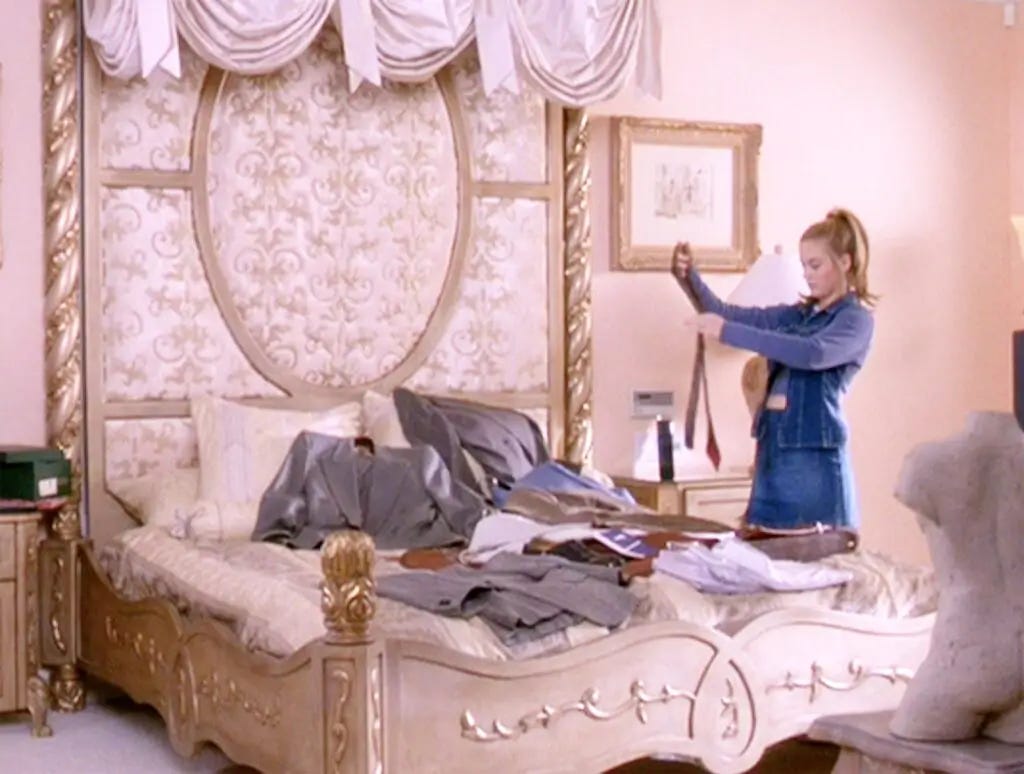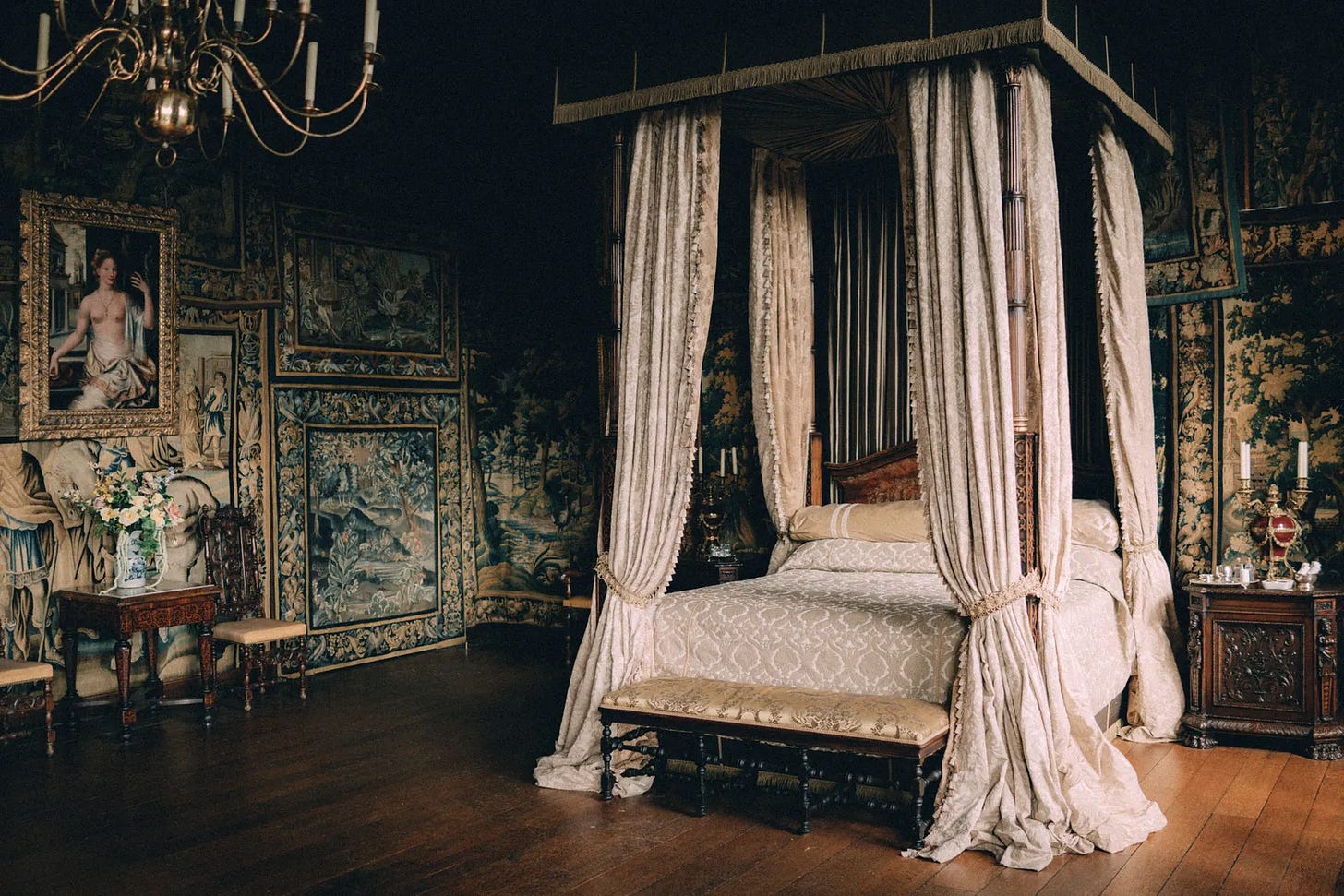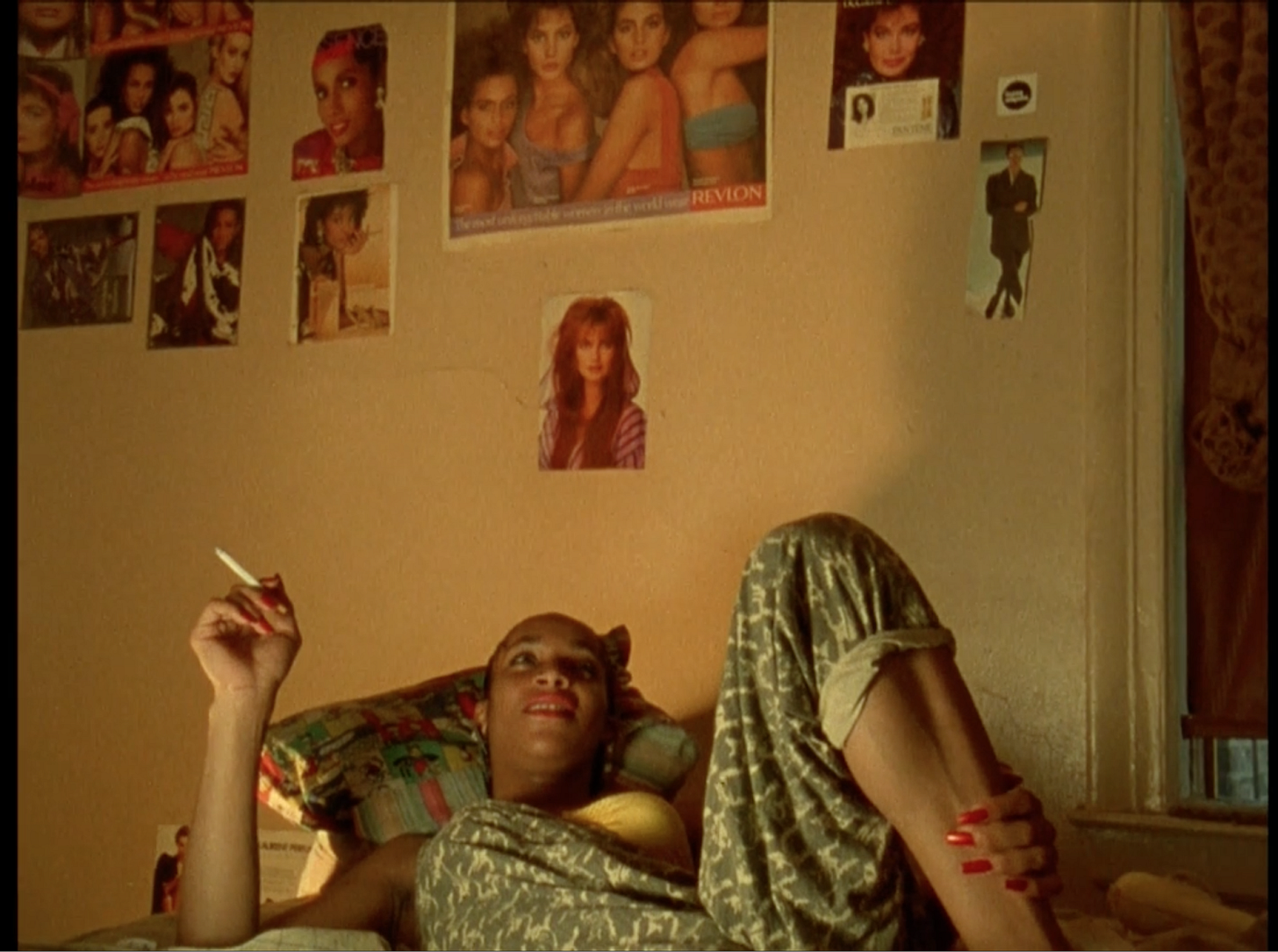The Secret Language of Screen Bedrooms
From royal chambers to floor mattresses, what cinematic and TV beds tell us about their inhabitants.
Beds in film and television are never just pieces of furniture. They are spaces of profound significance—places of longing, intimacy, power, survival, and sometimes, sheer chaos. They cradle the dreamers, the heartbroken, the restless, and the schemers. Whether soft cocoons of comfort or stark landscapes of emotional weight, cinematic beds tell stories just as eloquently as the characters who inhabit them.
Beds of Love and Longing
Portrait of a Lady on Fire (2019)
In Céline Sciamma's masterpiece, the bed shared by Marianne and Héloïse becomes a canvas for their impossible love. Sheets crumpled from restless nights hold whispered confessions and stolen moments. This bed is not merely a place to sleep—it's a sanctuary of memory, a space to ache, to hold onto something fleeting and impossible. The bed bears witness to love that is all-consuming but ultimately impermanent, preserving the traces of passion that time and society conspire to erase.
Call Me by Your Name (2017)
Elio’s bed, with its soft, crumpled white sheets and antique wooden frame, becomes a site of quiet intimacy, longing, and self-discovery. Bathed in golden afternoon light, it holds the weight of a summer romance—where love is whispered between the pillows and time slows to a hazy, dreamlike stillness. This bed isn’t just a place to rest—it’s a witness to first love, desire, and the bittersweet ache of memory.
Beds of Nostalgia and Sisterhood
Clueless (1995)
Fluffy, pastel, and drenched in 90s opulence—Cher Horowitz's bed represents peak Beverly Hills fantasy. It creates the perfect backdrop for makeovers, phone gossip, and dramatic existential realizations. Significantly, it's where Cher has her biggest epiphany—realizing she's actually in love with Josh. This bed isn't just for lounging; it's a pivotal space for self-discovery, illustrating how our most personal insights often come to us in our most private spaces.
Beds of Power and Control
The Favourite (2018)
Queen Anne's bed in Yorgos Lanthimos's period drama functions as both a place of rest and a center of royal scheming. It is decadent and almost absurd, towering over everything, with layers of fabric and history weighing it down. This is where power dynamics unfold in whispers and passive-aggressive glances. It is not a place of sleep—it is a stage where the fate of England is decided between fits of gout and emotional manipulation.
Cruel Intentions (1999)
Kathryn Merteuil's opulent four-poster bed, draped in silk and adorned with plush pillows, is more than just a resting place—it's a battlefield for power plays, seductions, and whispered schemes. This bed embodies privilege, danger, and the thrill of control, where every interaction is calculated and strategic. The luxurious comfort of the setting only heightens the coldness of the machinations that unfold there.
Beds as Portals to Another World
The Virgin Suicides (1999)
Sofia Coppola's visual poetry gives us the Lisbon sisters' beds—soft pastels, neatly arranged, untouched in a way that makes viewers ache. These beds are frozen in time, carrying the weight of impending tragedy. They are beautiful, ethereal, and devastating all at once. The meticulous staging of these bedrooms creates relics that simultaneously preserve innocence while foreshadowing the tragedy that will consume their occupants.
Amélie (2001)
If a bed could embody whimsy, it would be Amélie Poulain's. Her room is bathed in deep reds, her bed a cozy nook for dreams and schemes. Jean-Pierre Jeunet creates a space where magic seems not only possible but inevitable—a perfect incubator for Amélie's elaborate plans to bring joy to others while navigating her own journey toward connection.
Beds of Struggle and Survival
Paris Is Burning (1990)
Jennie Livingston's documentary isn't about one specific bed—it's about all of them. The borrowed couches, shared mattresses on floors of overcrowded apartments, the fleeting comfort of hotel beds after a night at the ball. These beds aren't decorated with luxury, but they are wrapped in something more profound: resilience. Sheets that carry the scent of hairspray and dreams, blankets that have witnessed whispered ambitions—these beds symbolize survival, chosen family, and existing in a world that refuses to make space for you.
Broad City (2014–2019)
Ilana's "bed" is barely that—more of a mattress on the floor surrounded by an explosion of clothes, snacks, and half-empty bodega coffees. Abbi, slightly more put-together, still navigates the realities of Craigslist roommates and makeshift furniture. Their sleeping situations authentically capture the reality of young New Yorkers—where having a proper bed frame represents a major life achievement and where chaos doesn't preclude comfort.
The Bed as a Reflection of Life
Cinema's beds offer us a unique window into characters' inner lives. Sometimes they're for sleeping. Sometimes they're for staring at the ceiling, feeling the weight of history, heartbreak, or the entire universe pressing down on you. The most memorable ones resonate long after the credits roll, reminding us that where we rest our heads is often where we are most authentically ourselves.













